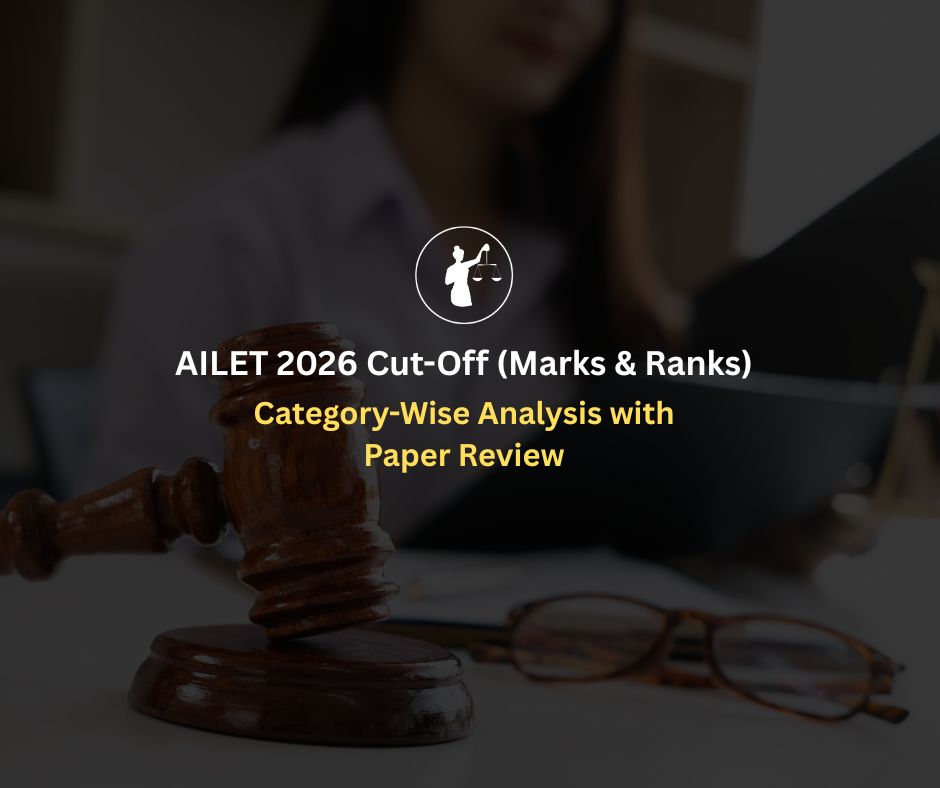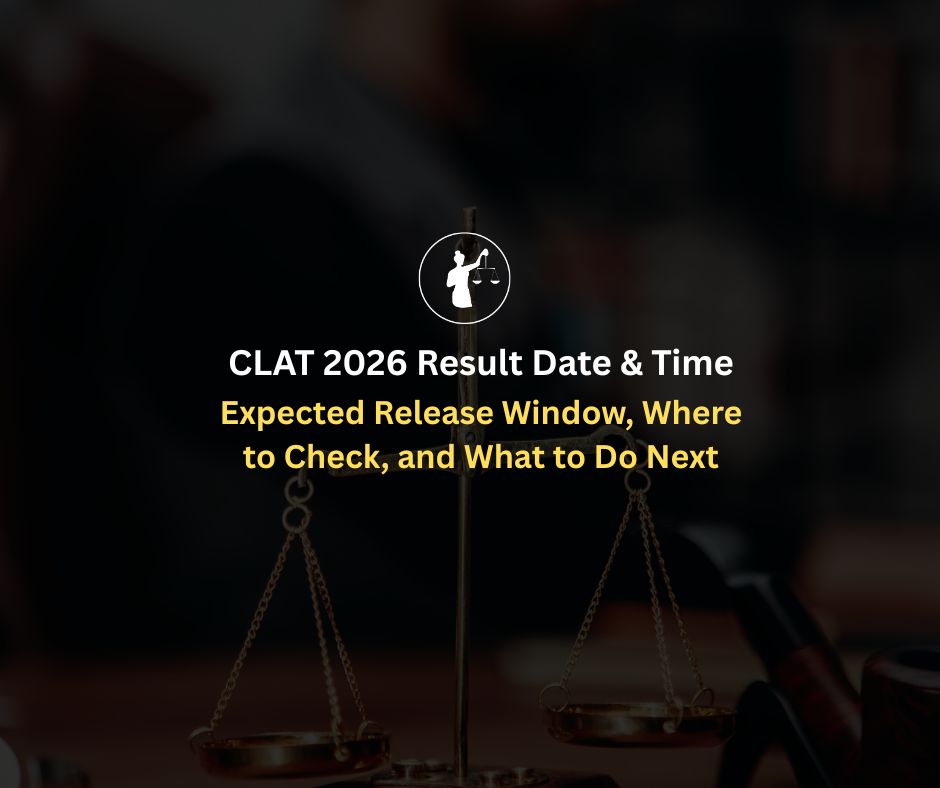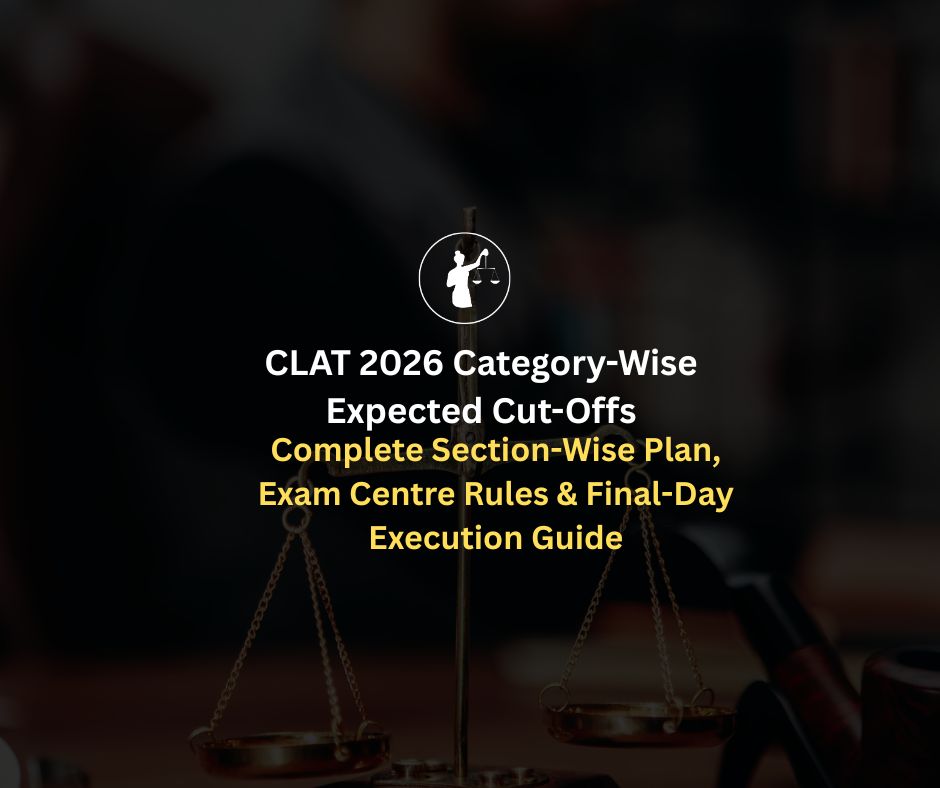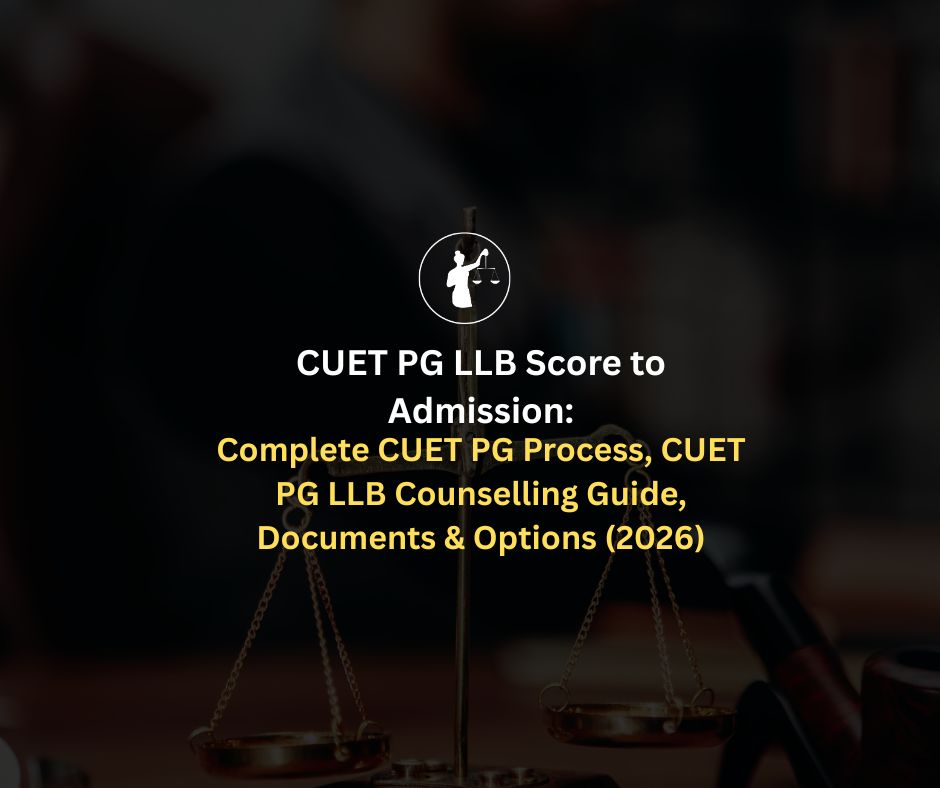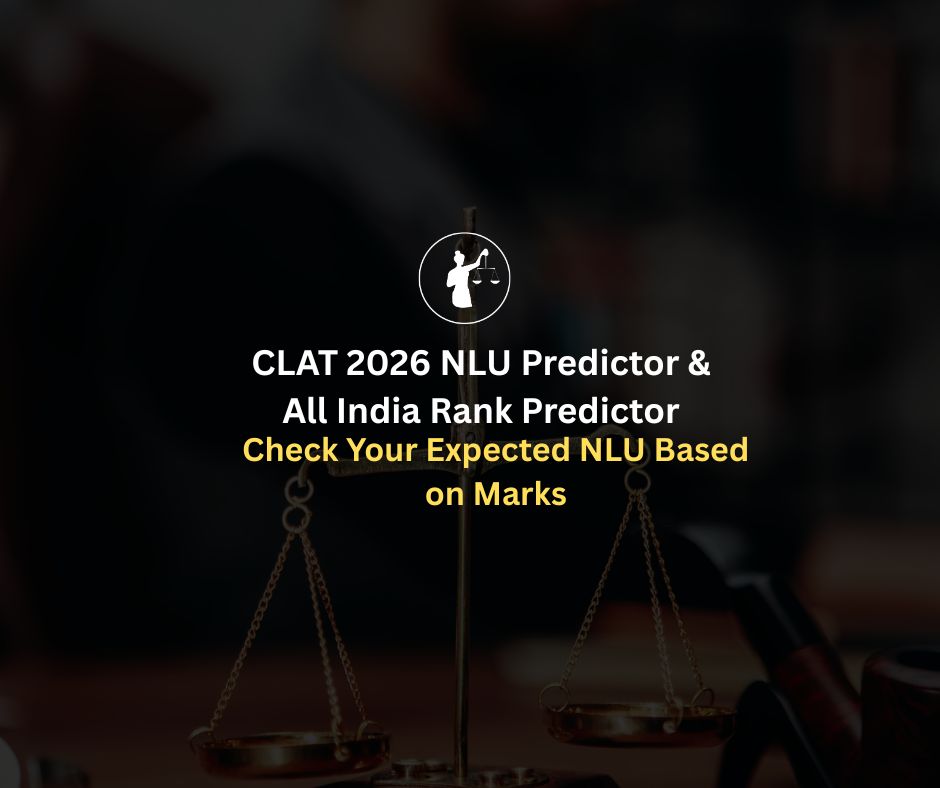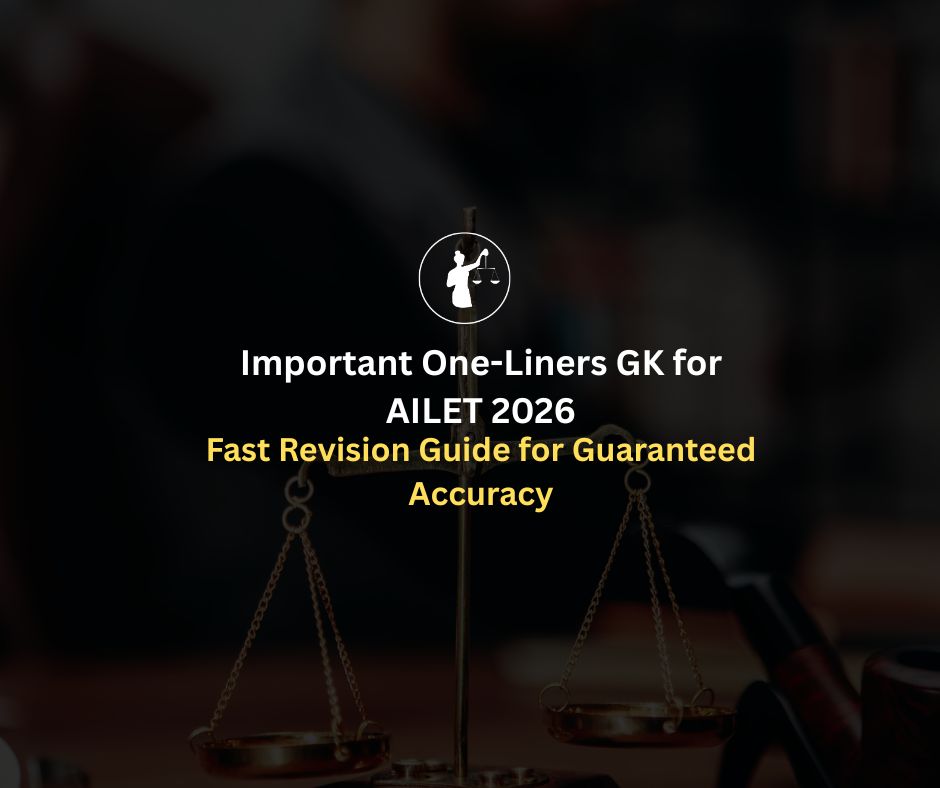The National Law School Admission Test (NLSAT) 2026 is the exclusive entrance examination for admission to the 3-Year LL.B. program at the prestigious National Law School of India University (NLSIU), Bangalore.
Known for its rigorous structure and high selection standards, the exam is divided into two distinct parts—Part A (Objective) and Part B (Subjective) each assessing different skill sets.
This comprehensive breakdown provides detailed insights into the NLSAT 2026 exam pattern, marking scheme, and syllabus for both sections.
Also Read: NLSAT 2026 Full Guide
Also Read: How to Apply for NLSAT 2026: Step-by-Step Application Guide
Structure and Purpose
Part A consists of Multiple-Choice Questions (MCQs) designed to evaluate a candidate’s comprehension, critical thinking, and awareness of current events. This section acts as a qualifying round—only top-performing candidates (in a 1:5 ratio per seat) move on to Part B evaluation.
Detailed Syllabus for Part A
1. Comprehension
Skills Tested: Reading accuracy, inference, vocabulary, and logical flow
Format: Passage-based MCQs
Purpose: Evaluates reading comprehension and the ability to interpret complex texts
2. Current Affairs
Skills Tested: General awareness, especially from the last 6–12 months
Topics May Include: National and international events, constitutional developments, economics, environment, and notable personalities
Purpose: Assesses breadth of knowledge and awareness of real-world contexts
3. Critical Reasoning
Skills Tested: Logical thinking, deduction, argument evaluation
Question Types: Assumption-based, conclusion-drawing, cause-effect, and argument strengthening/weakening
Purpose: Tests your ability to process abstract reasoning and problem-solving
Marking Scheme for Part A
Correct Answer: +1 mark
Incorrect Answer: -0.25 marks
Unanswered Question: -0.25 marks
Tip: Since unanswered questions also attract negative marking, candidates must approach Part A strategically.
Also Read: Eligibility Criteria for NLSAT 2026
Evaluation and Structure
Part B is evaluated only for candidates who score above the cut-off in Part A. This section is subjective in nature, assessing legal reasoning and analytical writing skills. Unlike Part A, there is no negative marking here.
Detailed Syllabus for Part B
1. Legal Aptitude and Reasoning (60 Marks)
Format: 5 questions (12 marks each)
Expected Length: 200–250 words per answer
Skills Tested: Legal analysis, problem-solving using legal principles, clarity of thought
Note: No prior knowledge of law is required; questions test reasoning based on hypothetical legal scenarios
2. Analytical Ability Essay (15 Marks)
Format: 1 essay, up to 500 words
Topics: May relate to legal, political, or contemporary societal issues
Skills Tested: Coherent argumentation, structured writing, clarity of expression, logical development
Purpose: Evaluates depth of analysis and ability to articulate perspectives clearly
Important:
Only candidates shortlisted through Part A will have their Part B answers evaluated.
This makes your performance in Part A crucial to advance to the second stage of assessment.
The negative marking for Part A is -0.25 per wrong/unanswered question.
The NLSAT 2026 exam is carefully structured to identify candidates capable of excelling in legal education and practice. Here's how to align your preparation with the exam's expectations:
Core Skills Tested Across the Exam
Reading Comprehension: Essential for understanding dense legal texts
Logical Reasoning: Critical for both objective and legal problem-solving
Awareness of Current Affairs: Helps frame informed legal and analytical arguments
Analytical Writing: Measures your ability to express legal and societal arguments in structured form
Recommended Strategy
Practice MCQs for comprehension and reasoning under timed conditions
Stay updated on national and international affairs daily
Develop writing skills through structured essays on relevant legal and political topics
Review sample legal problems and practice articulating logical, concise responses
Solve mocks and previous year NLSAT papers to better gauge your strengths and weaknesses while addressing time management
Join Our Telegram for Latest Updates
Success in the NLSAT 2026 demands more than memorization—it requires clarity of thought, legal sensitivity, and analytical precision. Understanding the syllabus, exam pattern, and marking scheme is the first step toward an effective preparation strategy.
Whether you’re an arts, commerce, or science graduate, the NLSAT is your gateway to India’s top-ranked legal institution. Focus on mastering the skills each section tests, and you’ll be well-positioned to secure a seat at NLSIU Bengaluru.
Aiming for NLSAT 2026? Get ahead with CLAT NLTI’s Online Coaching, Mentorship & Test Series your all-in-one prep solution from NLS alumni and experts.
